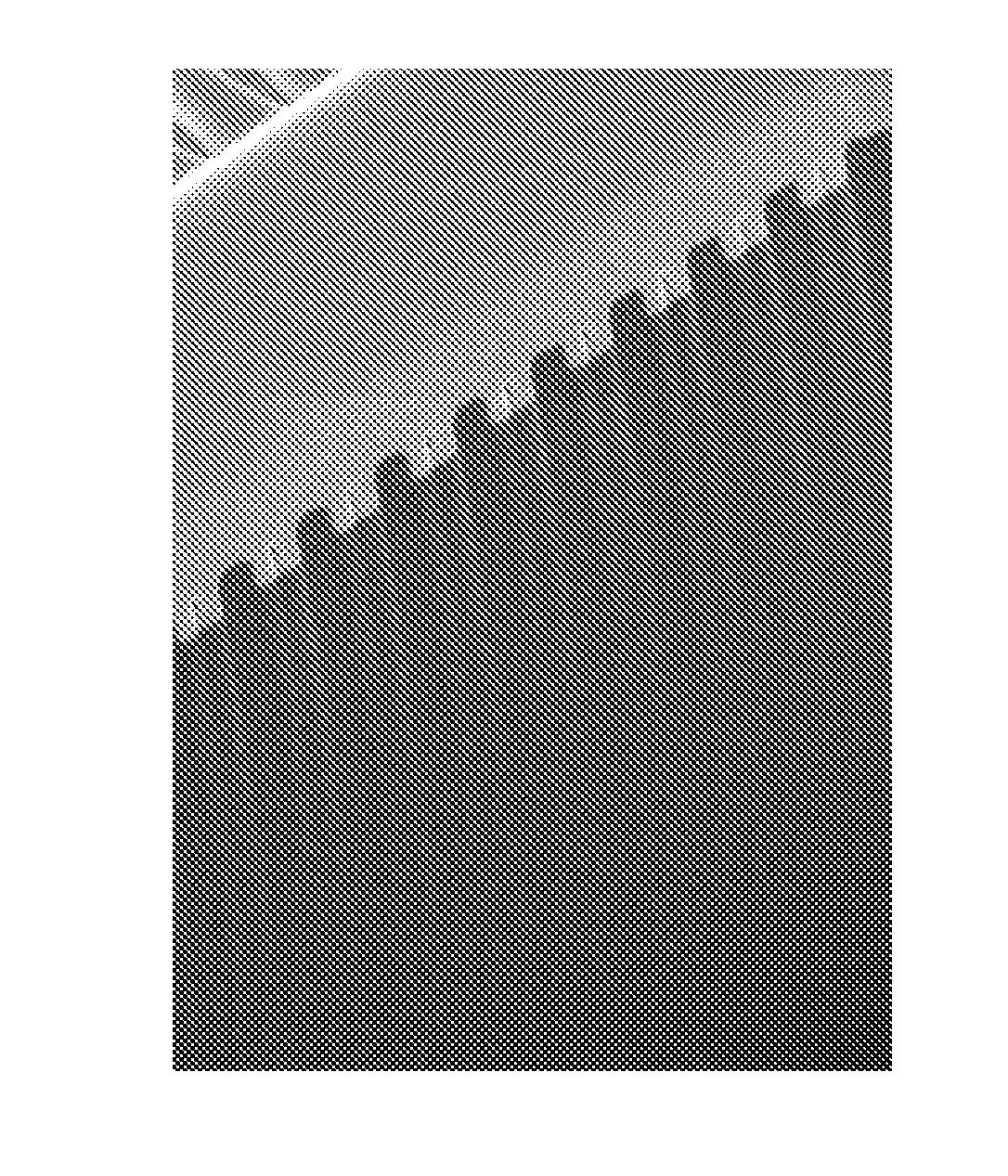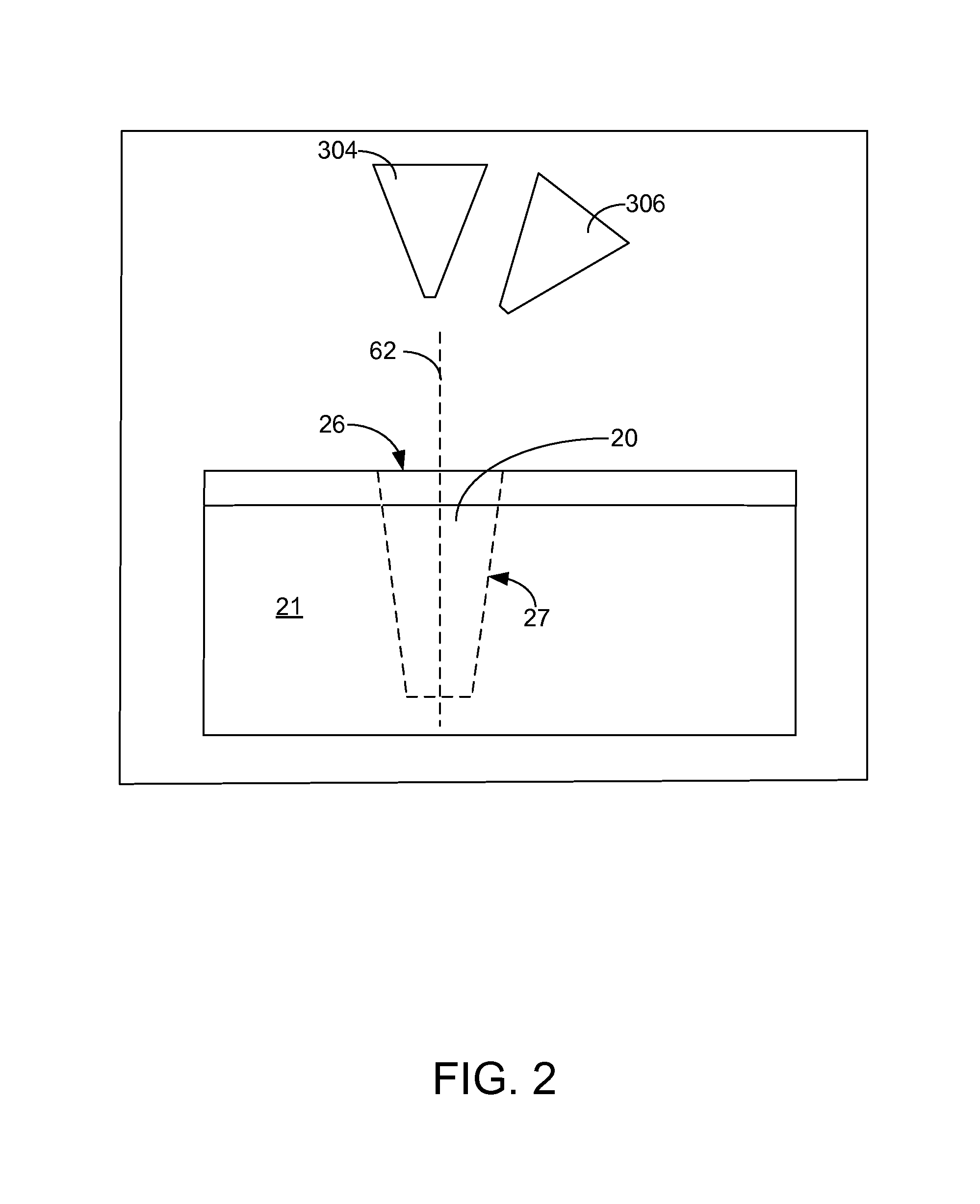TEM Sample Preparation
a technology of transmission electron microscope and sample preparation, which is applied in the direction of material analysis using wave/particle radiation, instruments, nuclear engineering, etc., can solve the problems of sample bending, overmilling, and other catastrophic defects, and achieve reliable and robust preparation, the effect of removing surface defects
- Summary
- Abstract
- Description
- Claims
- Application Information
AI Technical Summary
Benefits of technology
Problems solved by technology
Method used
Image
Examples
Embodiment Construction
[0029]Preferred embodiments of the present invention are directed at a novel method of preparing ultra-thin TEM samples. Preferred embodiments of the present invention combine the current backside thinning process with an additional cleaning step to remove surface defects on the FIB-facing substrate surface. During the typical TEM sample extraction process, the bottom surface of the sample will accumulate redeposited material from the sample extraction ion milling process. Non-uniformities on the bottom surface can also result from milling artifacts accrued during the bulk material removal process. Applicants have discovered that these material or topographical variations on the surface of the substrate side of the sample have a significant effect upon the TEM sample thinning process. These types of surface variations propagate through the milling process as the TEM sample (also referred to as a lamella) is thinned and result in sidewall non-uniformities that limit the minimum thick...
PUM
 Login to View More
Login to View More Abstract
Description
Claims
Application Information
 Login to View More
Login to View More - R&D
- Intellectual Property
- Life Sciences
- Materials
- Tech Scout
- Unparalleled Data Quality
- Higher Quality Content
- 60% Fewer Hallucinations
Browse by: Latest US Patents, China's latest patents, Technical Efficacy Thesaurus, Application Domain, Technology Topic, Popular Technical Reports.
© 2025 PatSnap. All rights reserved.Legal|Privacy policy|Modern Slavery Act Transparency Statement|Sitemap|About US| Contact US: help@patsnap.com



